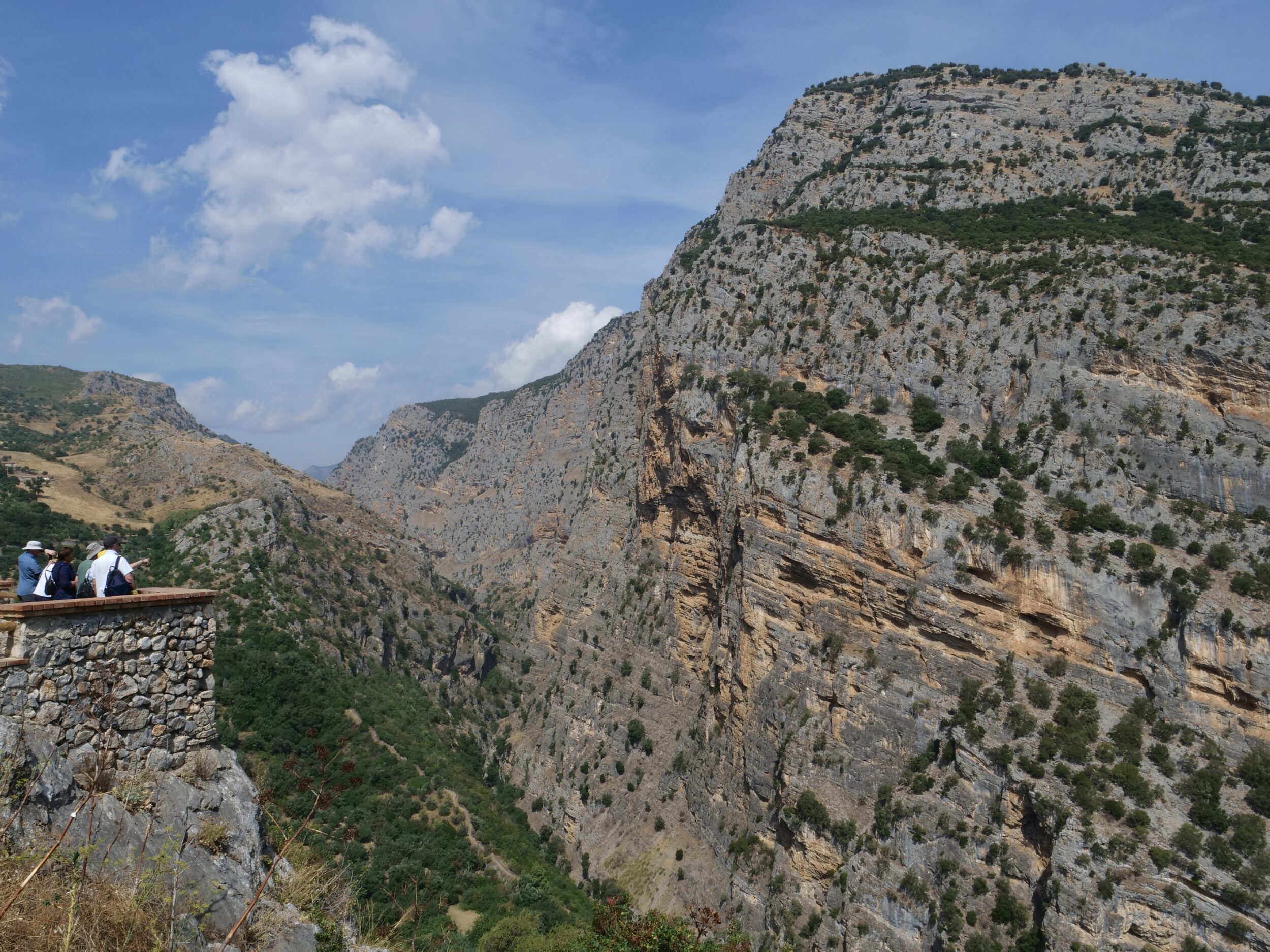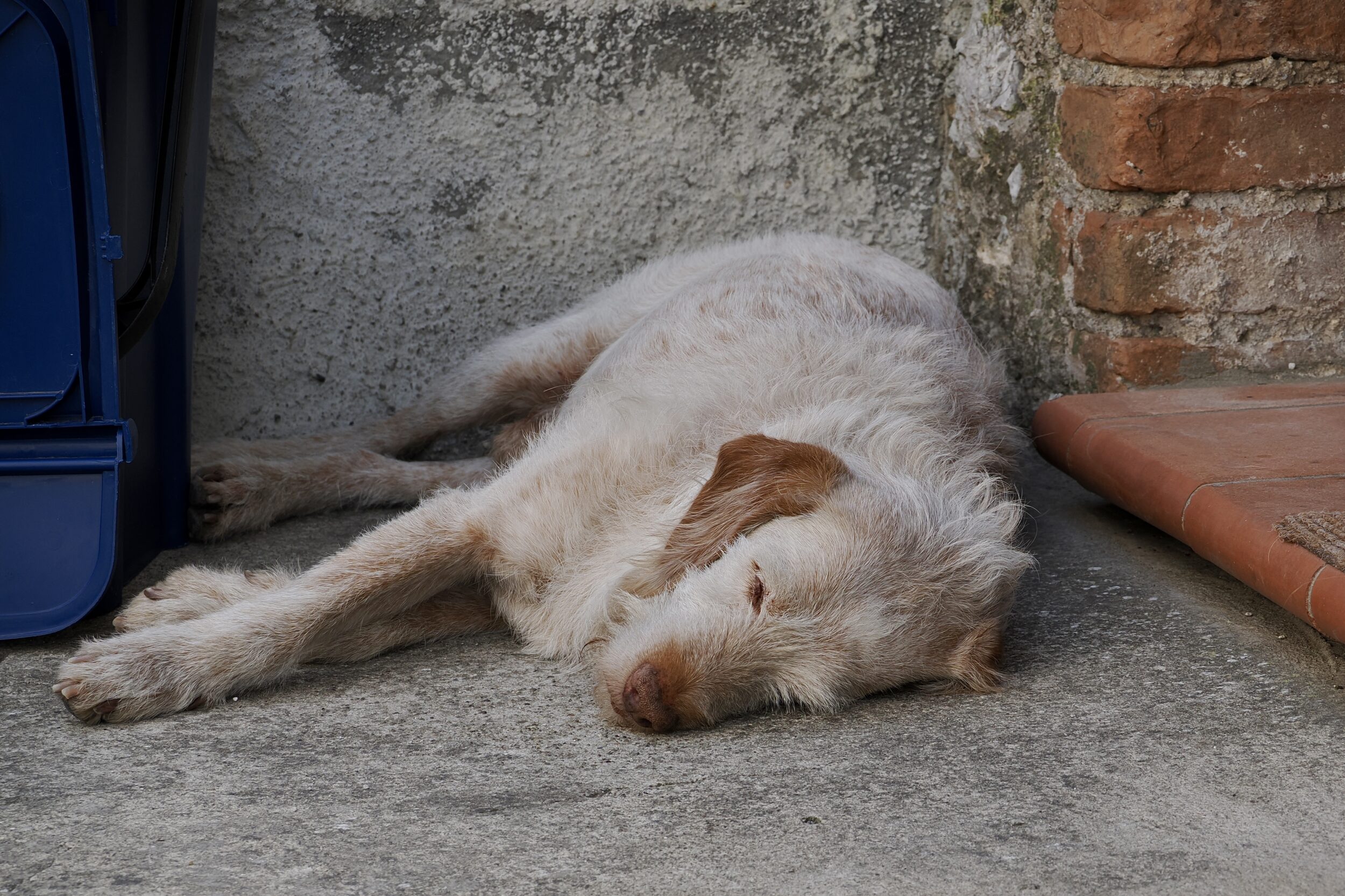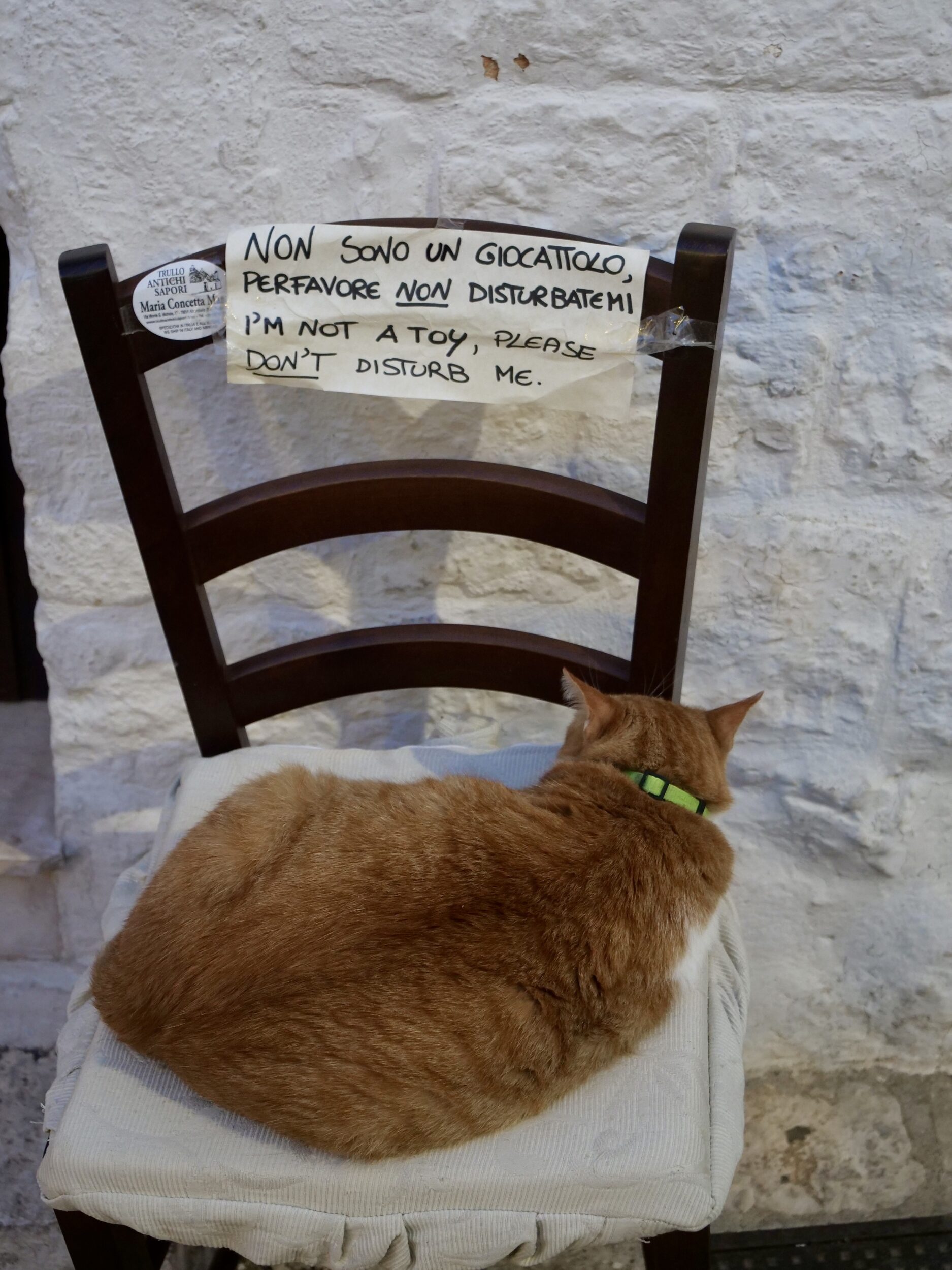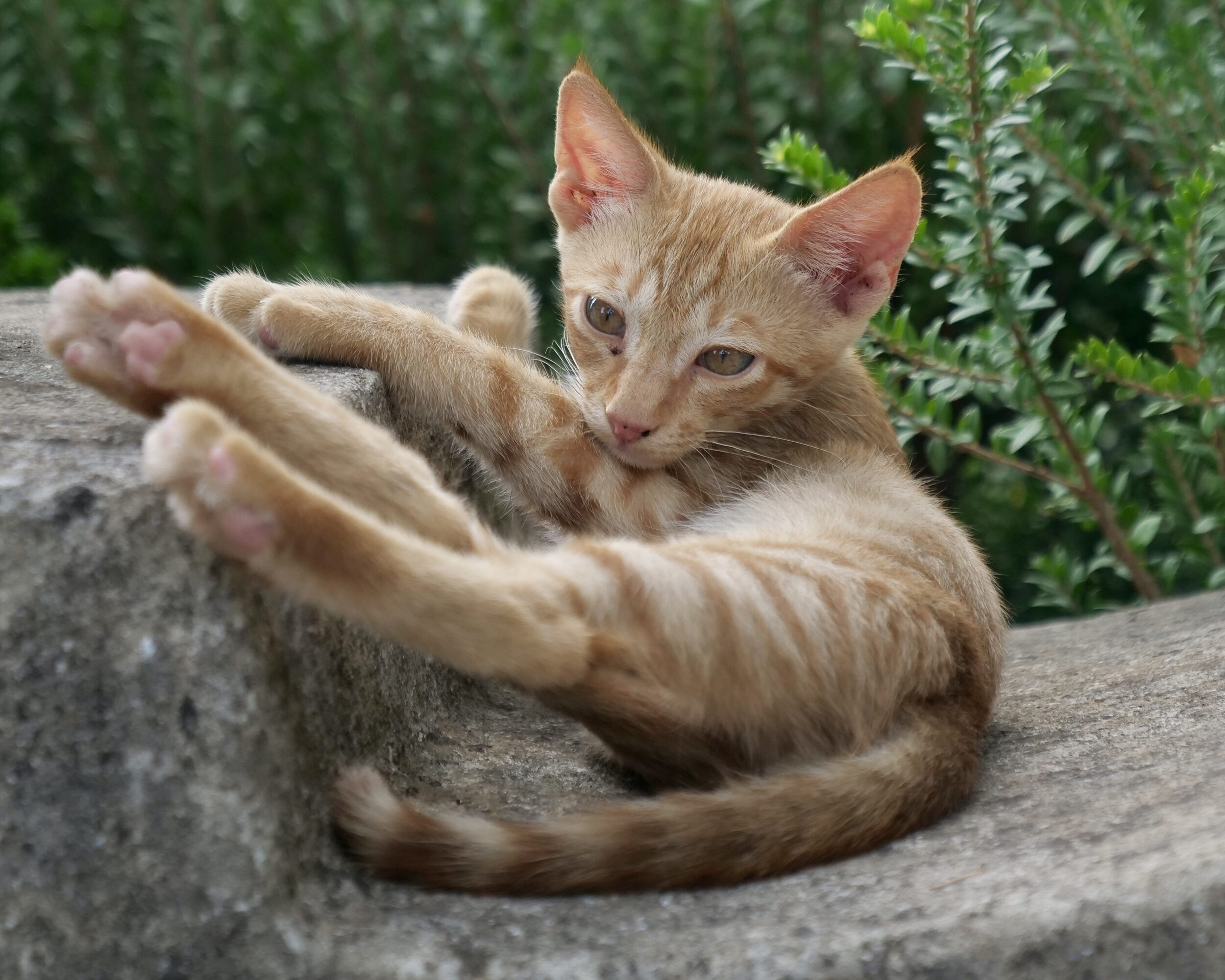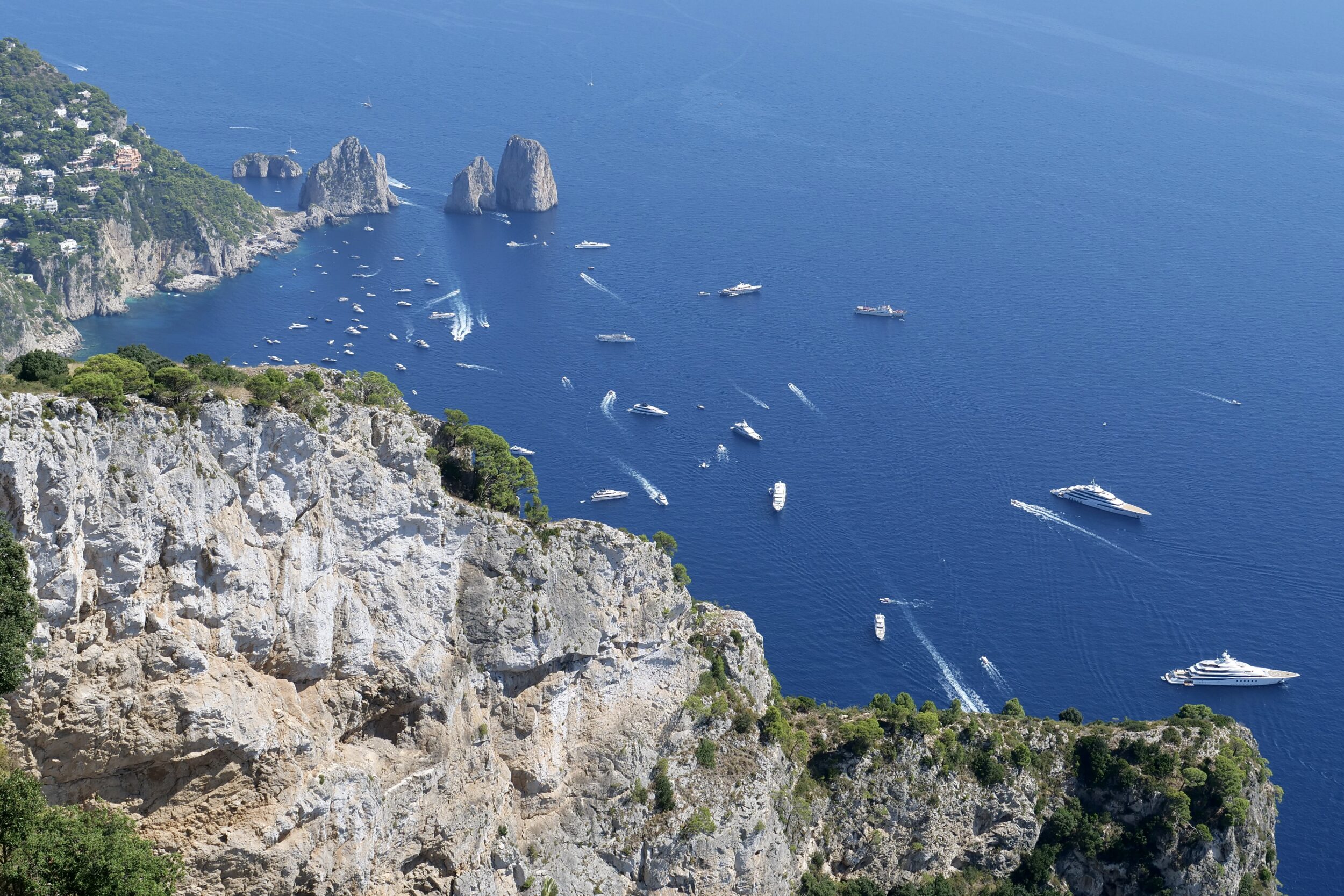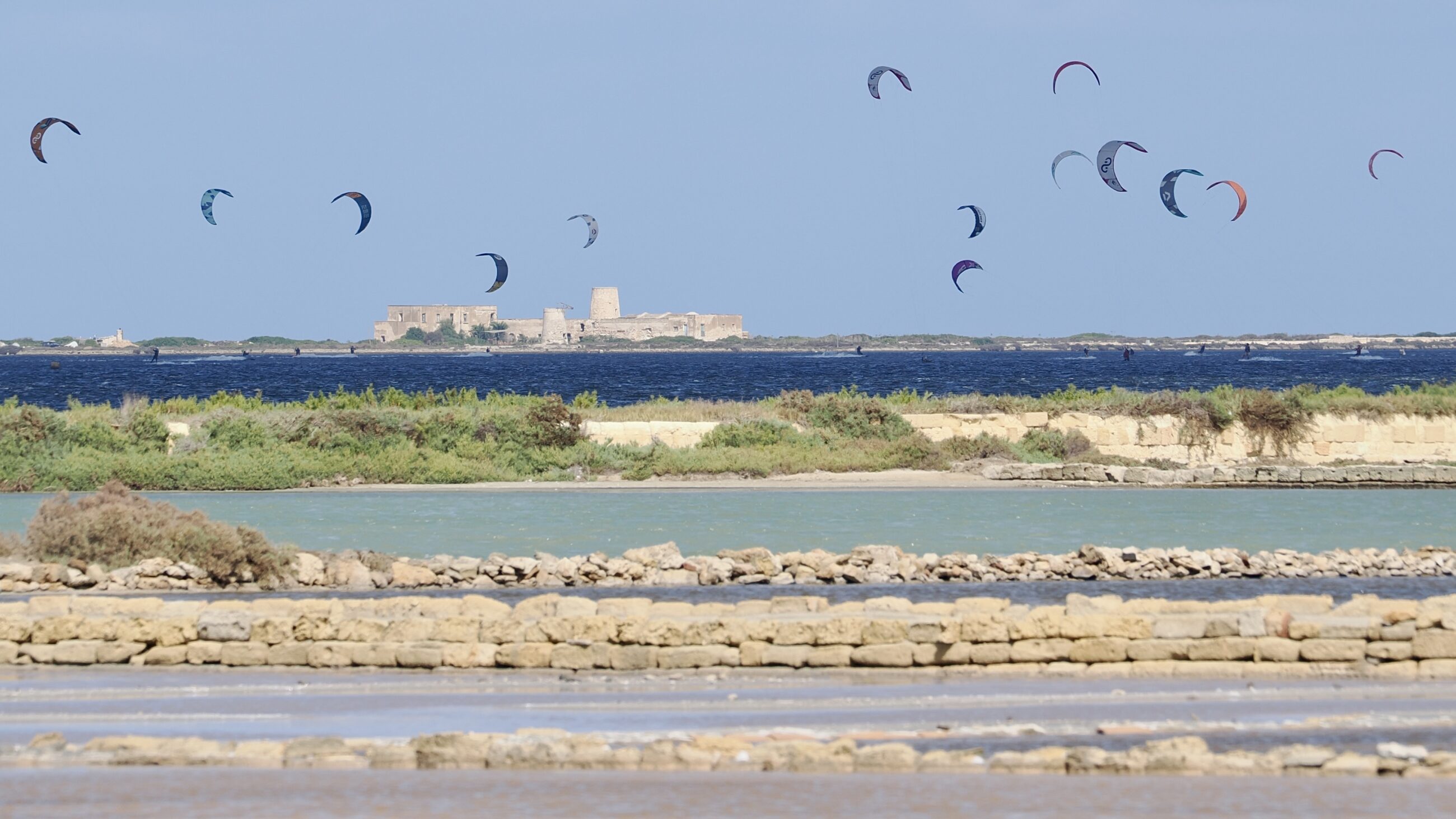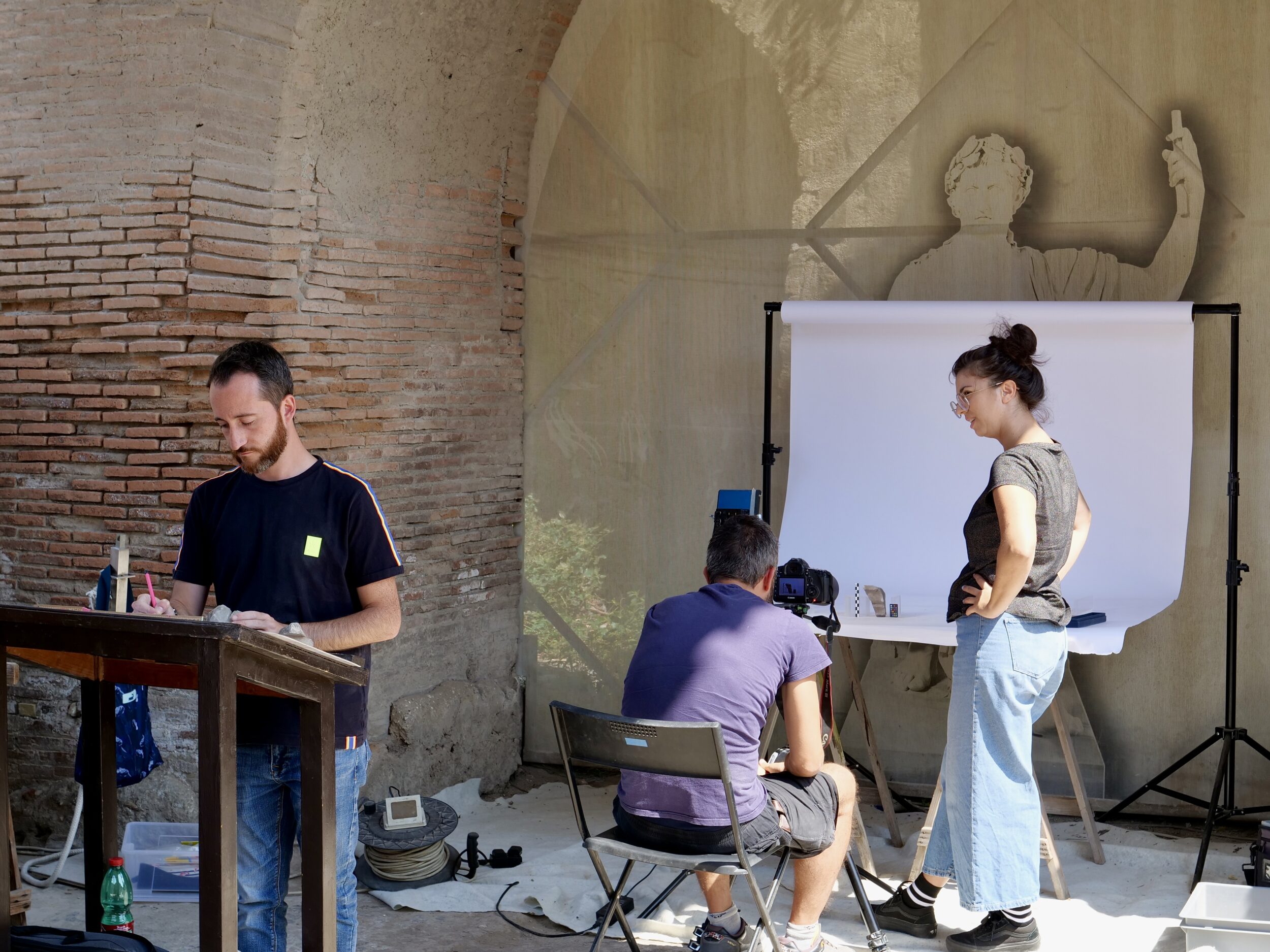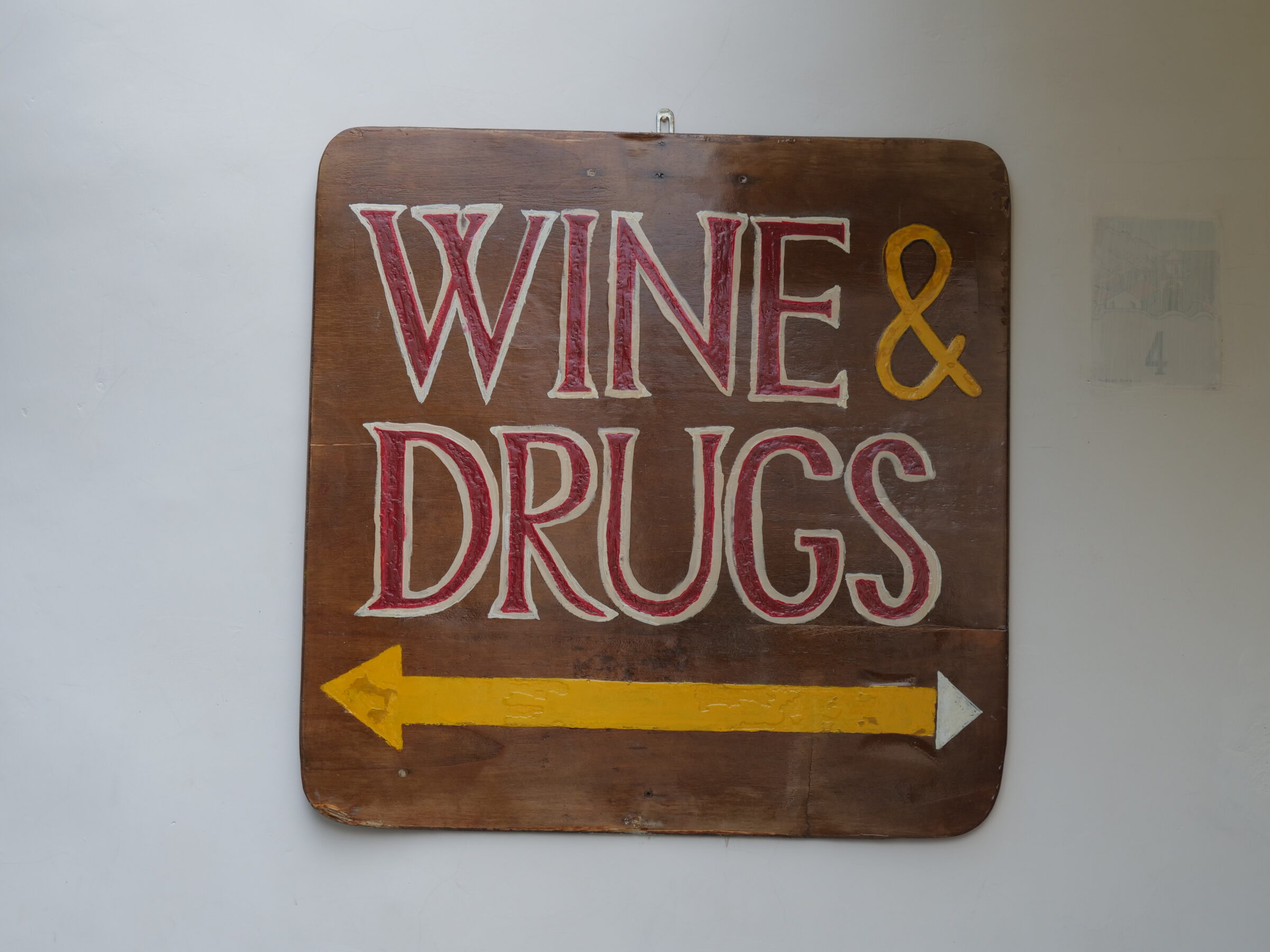This sequel to #9 in this series takes us to the edge of the same Calabrian mountain village.
Civita sits within Italy’s largest national park; Pollino National Park is named after the Pollino massif, which reaches a little higher than does anything on the Australian continent.
The brink of a very deep gorge, carved by the waters of the Raganello, is just an easy, short walk away from the centre of Civita.
Comments closed